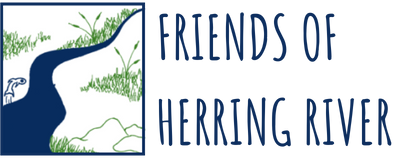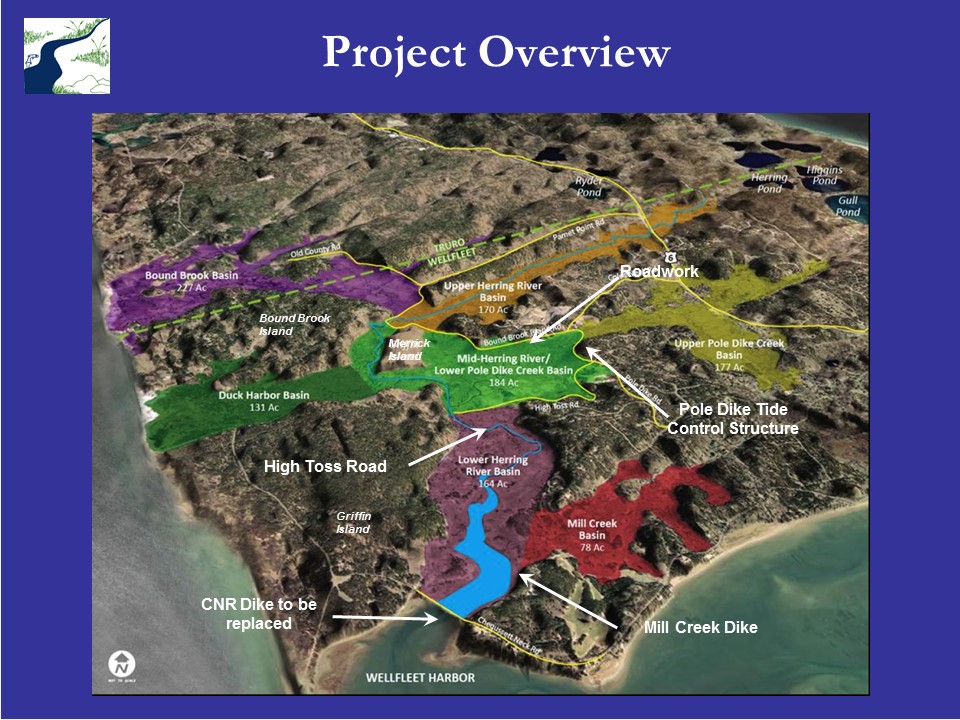The Herring River Restoration Project will restore 890 acres of salt marsh to areas of freshwater wetlands that were created following the diking of the river in 1909. As the restoration proceeds freshwater vegetation will die due to saltwater inundation. Removing live vegetation before this happens will avoid the accumulation of limbs and stumps on the marsh surface and within tidal stream channels. Approximately 25 acres of wooded areas will be cleared by April on the west side of the Herring River both north and south of the High Toss Road causeway. These areas are prioritized because they will be impacted early in the tidal restoration process, which will begin when work on the new Chequessett Neck Bridge is completed. Heavy-duty mulching equipment, like the equipment used to clear vegetation at Duck Harbor, will be used to clear the vegetation. The clearing will promote the natural recruitment of salt marsh plants and increase the ecological productivity of the area.
Park scientists are working to monitor changes throughout the Herring River project area and will track the revival of native salt marsh species as saltwater flows are restored. The project is managed by Ducks Unlimited with a grant from the U.S. Fish and Wildlife Service and with funding donated through the National Park Foundation.
More information on the Herring River Restoration project can be found here.

